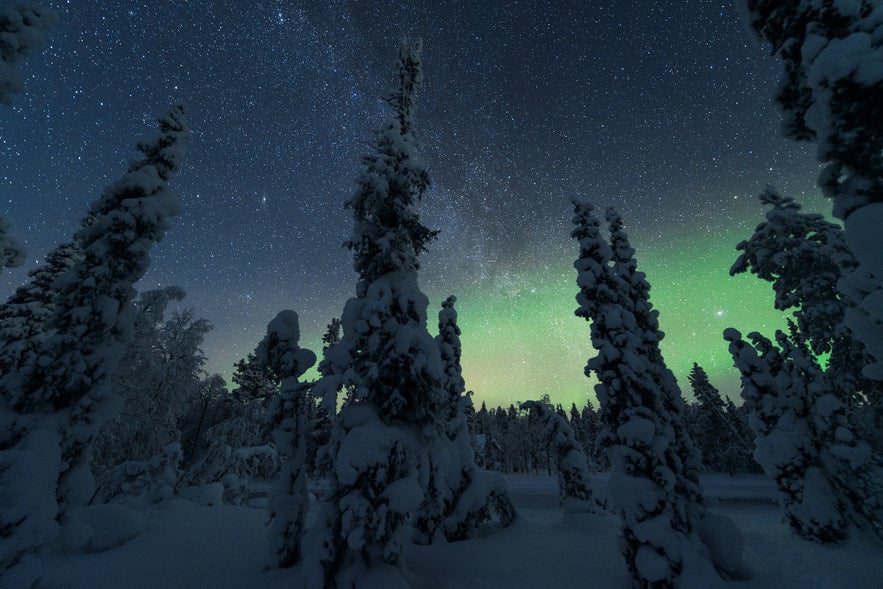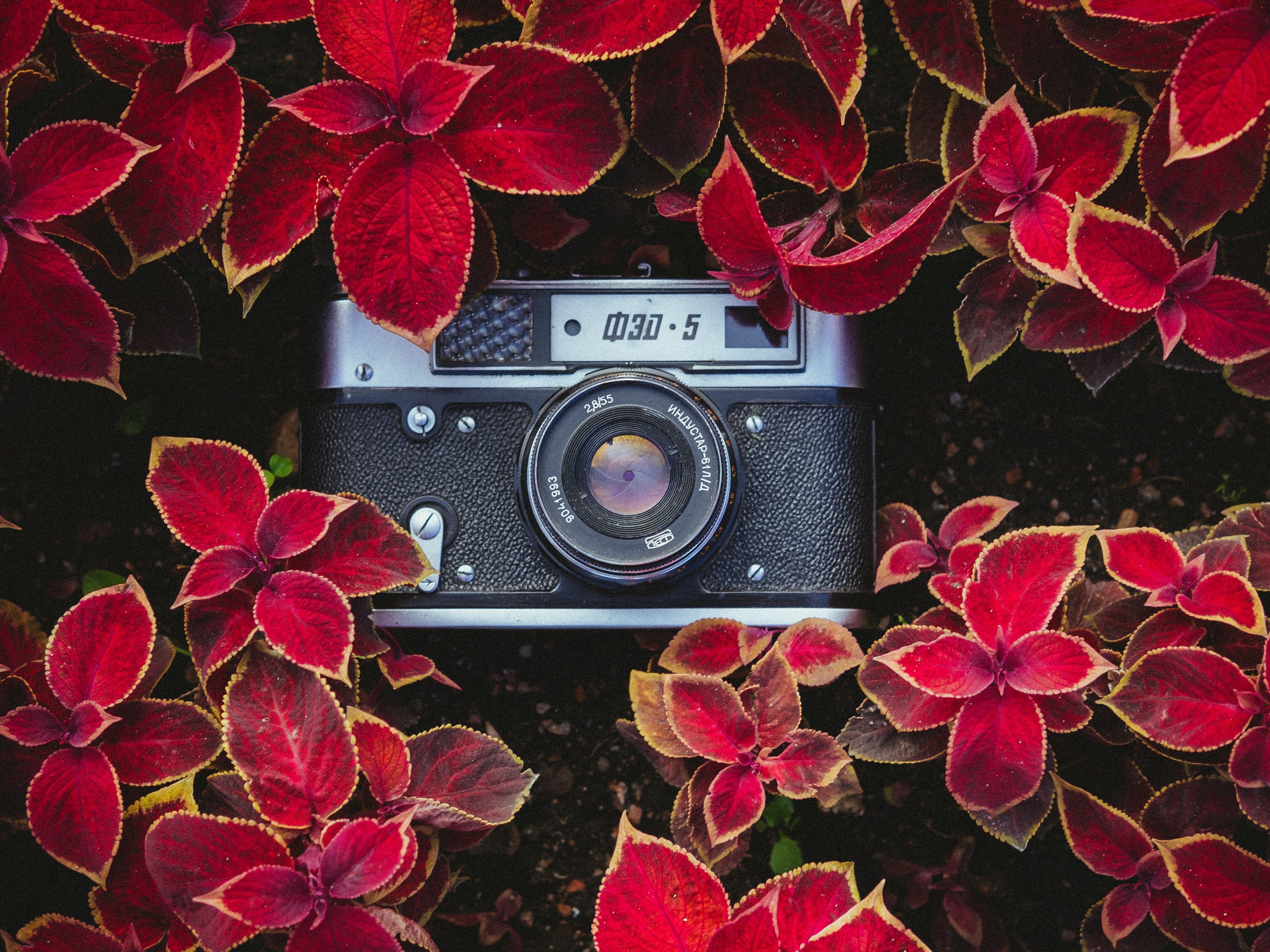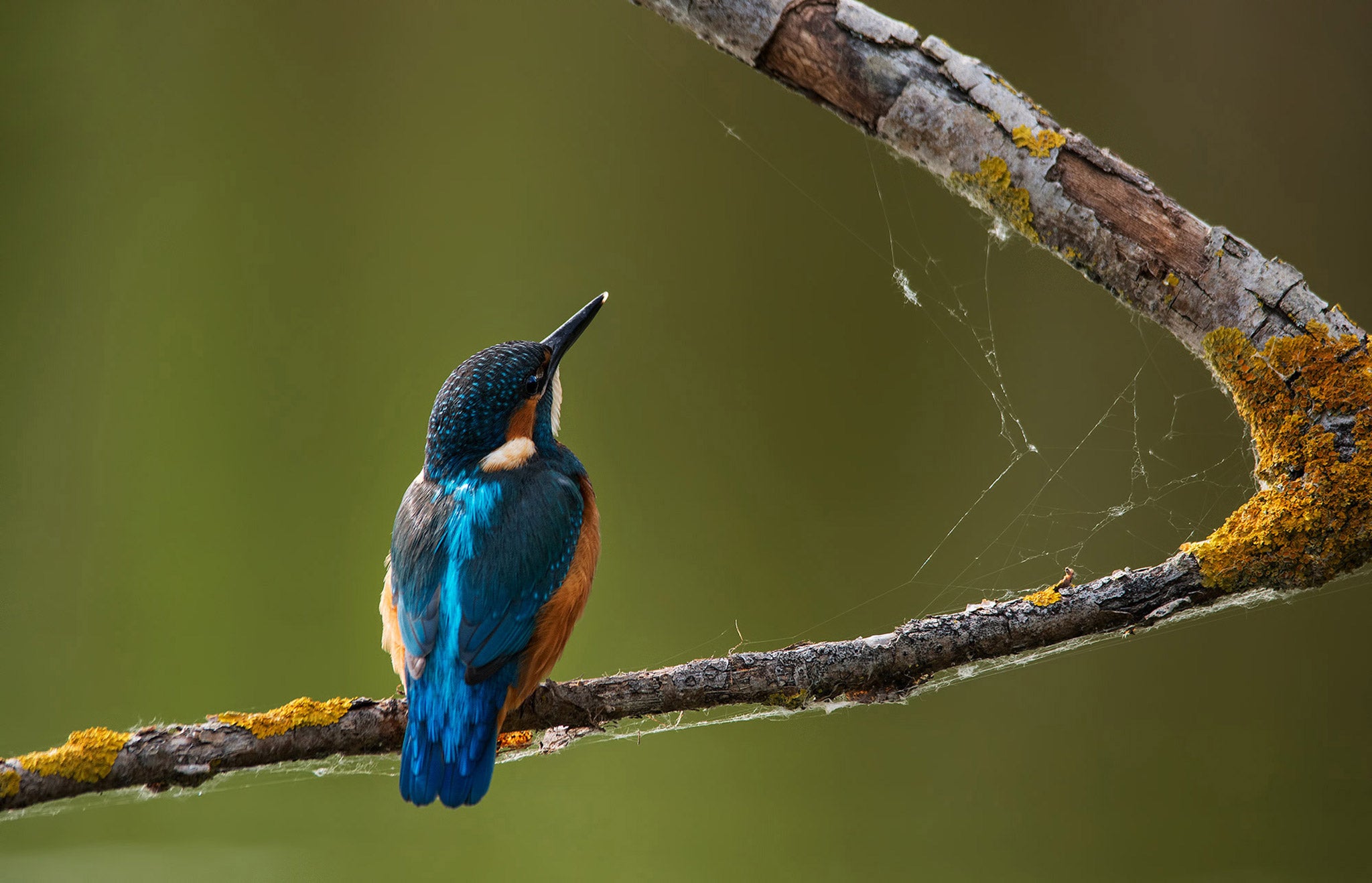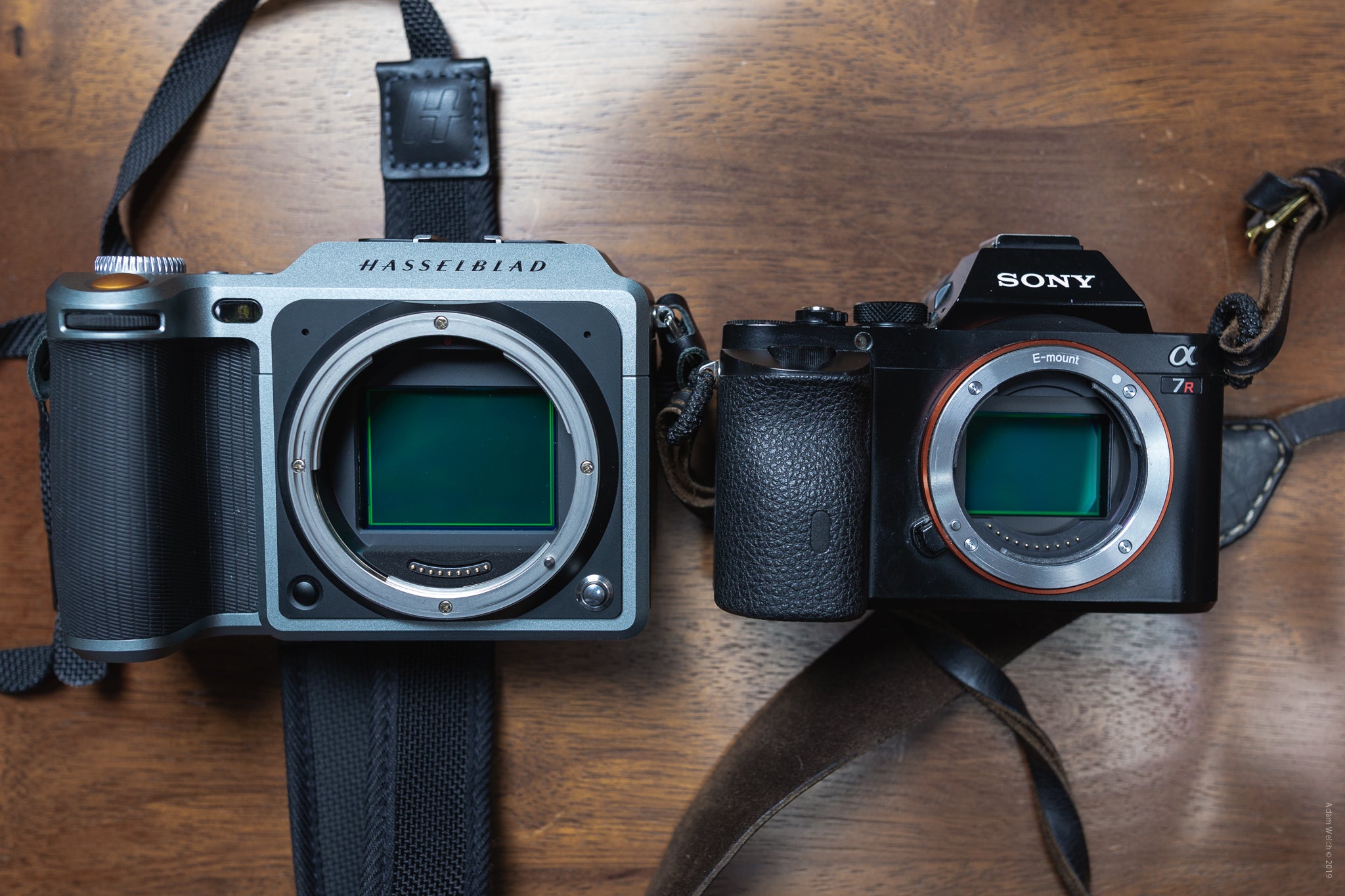
The wide angle is possibly one of the most attractive types of lenses that a photographer can buy. If properly used, the incredibly wide perspective will create a huge depth of field and consequently capture the viewer’s attention a lot more than usual. I’m not just referring to landscapes, where we are more used to seeing wide angle lenses in action. In fact, wide angle lenses are great for different photography genres, with no exceptions.
- Learn all about Condensation in Camera | How to Defog Your Lens
- Here's the lowdown on Understanding Lens Flare in Landscape Photography
It’s not all fun and games though: it can be hard sometimes to fill up all of the composition in the frame. If you don’t, your picture will feel quite “empty”. With these kind of lenses, objects that are situated close to your lens will feel much bigger while subjects that are further away will barely be visible. Meanwhile, when shooting both indoors and outdoors, if you have the sun or any other strong source of light in the frame, then you’ll also have to deal with annoying lens flares. In addition, many of these wide angle lenses have an aspherical front element, so if you want to use filters then you’ll have to use a specific kit.
Trust me, it’s not easy to get the hang of how wide angle lenses work. Improving your skills when handling a wide angle lens requires some time and practice. The aim of this article is to give you a little bit of help along the way... or in case you are just starting out, to give you a jump start!
What Does a Wide Angle Lens Do?
Wide angle lenses have the ability to capture more things in one single picture than standard and telephoto lenses; this is probably the easiest explanation that you’ll ever find about them.
 A wide angle lens will distort parts of your image. Photo by: 'Leonardo Papèra'.
A wide angle lens will distort parts of your image. Photo by: 'Leonardo Papèra'.
Now, going a bit more deeply into the argument, wide angle lenses also have the ability of distort things in two different ways.
The first type of distortion makes objects close to the lens appear a lot bigger than they actually are, while making objects further from the lens appear a lot smaller than they actually are. As such, when you shoot a majestic mountain from a distance, even though it may look massive to your eyes, it’ll probably occupy only a tiny part of the frame in your pictures. The benefit is that you’ll be able to emphasise even the smallest and most irrelevant objects by placing them close enough to your lens.
The second kind of distortion is called barrel distortion. Since it’s way easier to explain with a visual cue, check out the image below.
 The trees are leaning into the middle of the frame. Photo by: 'Leonardo Papèra'.
The trees are leaning into the middle of the frame. Photo by: 'Leonardo Papèra'.
Do you see how the trees are leaning and converging towards the centre of the image? In case you were wondering, I wasn’t shooting a crooked forest. The trees are leaning because of the lens distortion and because the shot was taken with the lens pointing the sky. If I were to have pointed the lens towards the ground, you would have seen the trees going “outside” the frame, instead of converging to the centre.
To avoid this kind of distortion (and get your trees straight!), you should make sure that the horizon is in the middle of the frame. Otherwise, you can also try to correct the distortion later when you are post-processing.
- See also: How to Get Creative with a Fisheye Lens
Common Mistakes When Using a Wide Angle Lens
A wide angle lens will give you many more artistic possibilities, due to its unique angle of view and the chance to include so many objects in your frame. It will likely give you some headaches too, since it's easy to end up with dull images if you don’t pay attention to a few things when shooting. Let’s see a couple of common mistakes that you should avoid when using wide angle lenses!
Leaving Parts of the Frame Empty
The most reasonable thing that you can do when using a wide angle lens is to make sure you are not leaving big parts of the composition visually empty. To give you a better idea of what I’m saying, check out the shot below, which was taken with a wide angle lens (24mm).
 Taken at 24mm, f/11, ISO100, 1/200sec. Photo by: 'Leonardo Papèra'.
Taken at 24mm, f/11, ISO100, 1/200sec. Photo by: 'Leonardo Papèra'.
In this image, the sun rays coming from the upper right are interesting and give a bit of depth to the picture. However, there are still too many areas that feel empty, such as the shadows and the sky, as well as the reflection of the sky without any clouds.
Now observe the picture below, taken with a medium telephoto lens (120mm). In terms of composition, the whole frame is filled up way more nicely, with the main subject (the yellow tree) taking a lot more attention than in the picture above.
 Taken at 120mm, f/7.1, ISO200, 1/160sec. Photo by: 'Leonardo Papèra'.
Taken at 120mm, f/7.1, ISO200, 1/160sec. Photo by: 'Leonardo Papèra'.
Between the two images, if I had to choose one, I’d go for the second without blinking an eye. Why? Because in the first image, the main subject gets lost in the composition and isn't emphasised, while in the second, there are no empty parts or disturbing elements – the leading lines created by the sunlight are directing your eyes right to the subject.
Sometimes, a wide angle lens is useful while other times, it will ruin your composition. Make sure that you can fill up the whole frame before shooting at wide focal lengths!
Placing Important Subjects at the Edges
So, as I was saying in the previous chapter, one of the main characteristics of a wide angle lens is the pronounced barrel distortion. This kind of distortion becomes more and more evident the closer you get to the edges of the frame. Most of the time, it is paired with a bit of quality loss. Again, I’ll explain myself better with a picture.
In the image below, take a close look at the wildflowers on the bottom right of the frame. You’ll see a major quality loss in the area and a bit of distortion too.
 The flowers in the bottom right are blurry. Photo by: 'Leonardo Papèra'.
The flowers in the bottom right are blurry. Photo by: 'Leonardo Papèra'.
In this case, distortion can help to lead the viewer’s eyes into the image, so it won't really hurt. However, the quality loss is huge and makes the shot pretty much useless. All of your viewer's attention will fall on those unsharp flowers, no matter what other subjects are in the image.
That’s why my recommendation here is to never place important objects of your composition at the edges of the frame when using a wide angle lens!
 Distortion is a common effect of wide angle lenses. Never place important subjects at the edges of the frame. Photo by: 'Unsplash'.
Distortion is a common effect of wide angle lenses. Never place important subjects at the edges of the frame. Photo by: 'Unsplash'.
How to Achieve Success with a Wide Angle Lens
Now that we have examined the most common mistakes that people make when using a wide angle lens, it’s time to learn what kind of techniques you can use that will make your wide angle pictures stand out more from the others!
Exploit All the Layers of the Scene
When using a wide angle, you should learn to think in terms of layers. No, I’m not talking about the Photoshop ones; I’m talking about the ones that are present pretty much everywhere. You just need to visualise how to correctly place them into your composition.
 There are five layers in this scene. Photo by: 'Leonardo Papèra'.
There are five layers in this scene. Photo by: 'Leonardo Papèra'.
Let’s use the picture above as an example. How many layers do you see in the frame? I see five of them. The first one is the closest to the lens – the flowers. The second layer is the flowing river that leads your eyes to the middleground. The third layer consists of the green fields and forests. In the background, you’ll find the mountains which make up the fourth layer and finally, the sky is the last layer. Incidentally, it is also the furthest away of them all.
These layers merge together seamlessly, like a visual path that leads from the very foreground to the faraway background. Down here, I have highlighted with some brushes the different layers in the image.
 Graphic representation of all the layers in the scene. Photo by: 'Leonardo Papèra'.
Graphic representation of all the layers in the scene. Photo by: 'Leonardo Papèra'.
- See also: Best Lenses for Night Photography
Use the Distortion in your Favour
I have to admit that until now, I have said nothing but trash about the barrel distortion that is typical of wide angle lenses. However, every cloud has a silver lining, right?
 Make use of the distortion effect to create depth of field. Photo by: 'Unsplash'.
Make use of the distortion effect to create depth of field. Photo by: 'Unsplash'.
Sometimes, the distortion will give more depth of field to the image or it will enhance some lines or textures that would otherwise be lost within the frame. In order to enhance these lines, try to get really close to them and place them at the borders of the composition: like I said in a previous chapter though, they shouldn’t be one of the main subjects of your picture, as they’ll probably suffer a quality loss.
Create Stunning Pictures with the Bokeh Effect
I know, wide angles and bokeh effect: I must have gone crazy, right?
 You can use a wide angle lens to create bokeh. Photo by: 'Unsplash'.
You can use a wide angle lens to create bokeh. Photo by: 'Unsplash'.
As a landscape photographer, I’m not used to opening up my aperture very often. In some other photography genres though, using wide apertures with wide angles will create some incredibly artistic and original effects!
 Wide angle lenses are great for bokeh. Photo by: 'Unsplash'.
Wide angle lenses are great for bokeh. Photo by: 'Unsplash'.
Consider pet photography, when you shoot animals from up close to make their beautiful eyes stand out more while the background is blurred.
 Wide angle lenses can add some character to pet photography. Photo by: 'Unsplash'.
Wide angle lenses can add some character to pet photography. Photo by: 'Unsplash'.
Think also about street photography, where you might not have enough space to use a telephoto lens to shoot your subject, so you decide to opt for a wider perspective.
 Wide angle lenses are great for situations when you may not have a lot of space. Photo by: 'Unsplash'.
Wide angle lenses are great for situations when you may not have a lot of space. Photo by: 'Unsplash'.
If the background is not interesting, you can try to use wider apertures, such as f/2.8 or f/4, in order to separate your main subject from the context.
Best Wide Angle Lenses for Photography
Nowadays, the market is filled with fantastic wide angle lenses and I’m quite sure this will give you a headache when you're just about to buy one. Let me save you some time by making a small list of the best wide angle lenses on the market at the moment!
Canon EF 16-35 f/4 L IS
In my opinion, this is probably the best Canon wide angle lens. It has been out for a while now but its stunning quality never ceases to attract new buyers! One of the biggest pros of this lens is the sunstar that it can produce: it's one of the best that you’ll find in photography!
Nikon AF-S 14-24mm f/2.8 G
Even though it's beginning to age a bit, this is still one of the best wide angles ever made by Nikon, if not the best. It's been out since 2007 but its quality will still amaze you!
Thanks to its wide maximum aperture (f/2.8), you’ll also be able to use it in low light conditions.
Sigma 14mm f/1.8 DG HSM Art
Well, it’s no secret that the Art Series by Sigma includes some of the best lenses on the market in the brand's line-up. This prime 14mm carries on the reputation of Art lenses with honour.
Thanks to its amazing image quality and its unique aperture of f/1.8, you’ll be able to achieve incredibly sharp images in low light conditions as well as witness an amazing bokeh effect!
Sony 16-35mm f/2.8 GM FE
Created specifically for the Sony mirrorless system, this lens is all you can ask for (and possibly more) from a wide angle. It is sharp at all focal lengths and apertures thanks to its maximum aperture of f/2.8.
If your camera has the Sony name on it, then you should absolutely consider adding this lens to your kit!
Tamron SP 15-30mm f/2.8 Di VC USD G2
If you are looking for a lens that will give you bang for your buck, then this is it! The Tamron 15-30mm, now at its Mk2 version, produces images with amazing quality. It’s very fast too thanks to its wide aperture of f/2.8. You’ll struggle to find a better lens in the same price range.
- See also: The Best Lenses for Wildlife Photography
Conclusion
Wide angle lenses are not easy to tame; they are not the kind of lenses that you just go out with to point and shoot. These lenses require more attention in terms of composition and placement of your subjects in the frame.
 Wide angle lenses will allow you to capture incredible depth of field. Photo by: 'Leonardo Papèra'.
Wide angle lenses will allow you to capture incredible depth of field. Photo by: 'Leonardo Papèra'.
Don’t despair though. If you take the precautions that I've mentioned above, then you’ll be able to take some beautiful pictures with a depth of field that you just won't be able to capture with other types of lenses.
I hope that this article has given you a few ideas about what you should avoid and what you should look for instead when you have a wide angle lens mounted to your camera!
About the author: Leonardo Papèra is a landscape photographer based in Italy. You can find more of his work on his website or by following him on Instagram.
Practice using your wide angle lens in-field on this 8 Day Summer Photography Workshop in Iceland! Learn from the best photography guides as you take the vacation of a lifetime!











